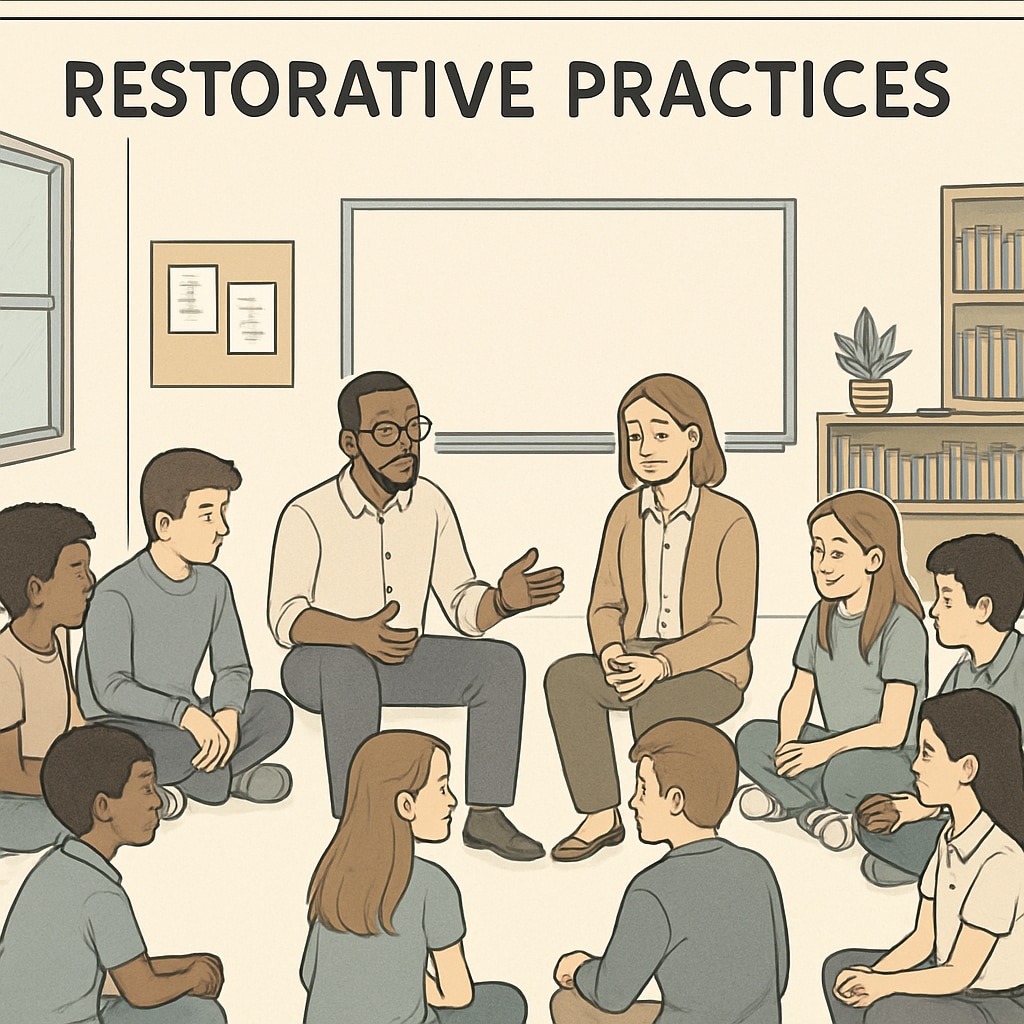School bullying has long been a significant challenge for educators, students, and parents alike. Addressing it effectively requires a clear understanding of what constitutes bullying behavior, along with robust methods for prevention and resolution. In this article, we explore ideal approaches to handling and defining school bullying, focusing on the importance of respecting individual differences, evaluating the context, and implementing restorative practices to create a safe and inclusive environment.
Defining School Bullying: Beyond the Surface
Bullying is commonly defined as repeated aggressive behavior intended to harm or control another individual, often involving an imbalance of power. However, this definition may oversimplify the complex dynamics of bullying. For example, subtle forms of exclusion or verbal harassment can cause deep emotional scars, even if they don’t meet traditional definitions.
To effectively address bullying, schools should embrace a broader, context-sensitive approach. This involves considering factors such as intent, frequency, and the impact on the victim. By doing so, educators can better identify behaviors that may otherwise be overlooked.

Creating a Comprehensive Anti-Bullying Framework
An ideal anti-bullying framework goes beyond punitive measures and focuses on prevention, intervention, and restoration. Below are three essential elements that schools should incorporate:
- Respect for Individual Differences: Schools must foster a culture that celebrates diversity and encourages empathy. When students understand and value each other’s differences, the likelihood of bullying decreases.
- Contextual Evaluation: Every bullying incident is unique. By assessing the circumstances surrounding each case, educators can tailor their responses to fit the situation effectively.
- Restorative Practices: Instead of solely punishing the bully, restorative measures aim to repair harm and rebuild relationships. This often involves mediated discussions and mutual agreements between the involved parties.
These elements collectively create an environment where students feel safe, supported, and empowered to resolve conflicts constructively.

Empowering Educators and Students
Educators play a pivotal role in preventing and addressing bullying. Schools should invest in training programs that equip teachers with skills to recognize and respond to bullying effectively. Similarly, students should be educated on how to support peers, report incidents, and foster inclusivity within their community.
For example, programs like restorative justice have shown success in reducing conflict and promoting understanding. Such initiatives encourage active participation from all stakeholders, ensuring a more cohesive approach to anti-bullying efforts.
Measuring Success and Continuous Improvement
An effective anti-bullying system requires regular evaluation and adaptation. Schools can measure success through surveys, incident reports, and feedback from students and parents. By analyzing this data, institutions can identify areas for improvement and refine their strategies over time.
Additionally, organizations like Wikipedia’s Bullying Resources offer valuable insights and tools to help schools stay updated on best practices and emerging trends in anti-bullying education.
In conclusion, addressing school bullying requires more than compliance with regulations; it demands a commitment to fostering respect, understanding, and collaboration. By adopting a holistic approach, schools can create an environment where every student feels safe, valued, and empowered to thrive.
Readability guidance: Use short paragraphs and lists to summarize key points. Avoid overusing passive voice and long sentences. Distribute transitional words like “however,” “therefore,” and “for example” throughout the text for better flow.


